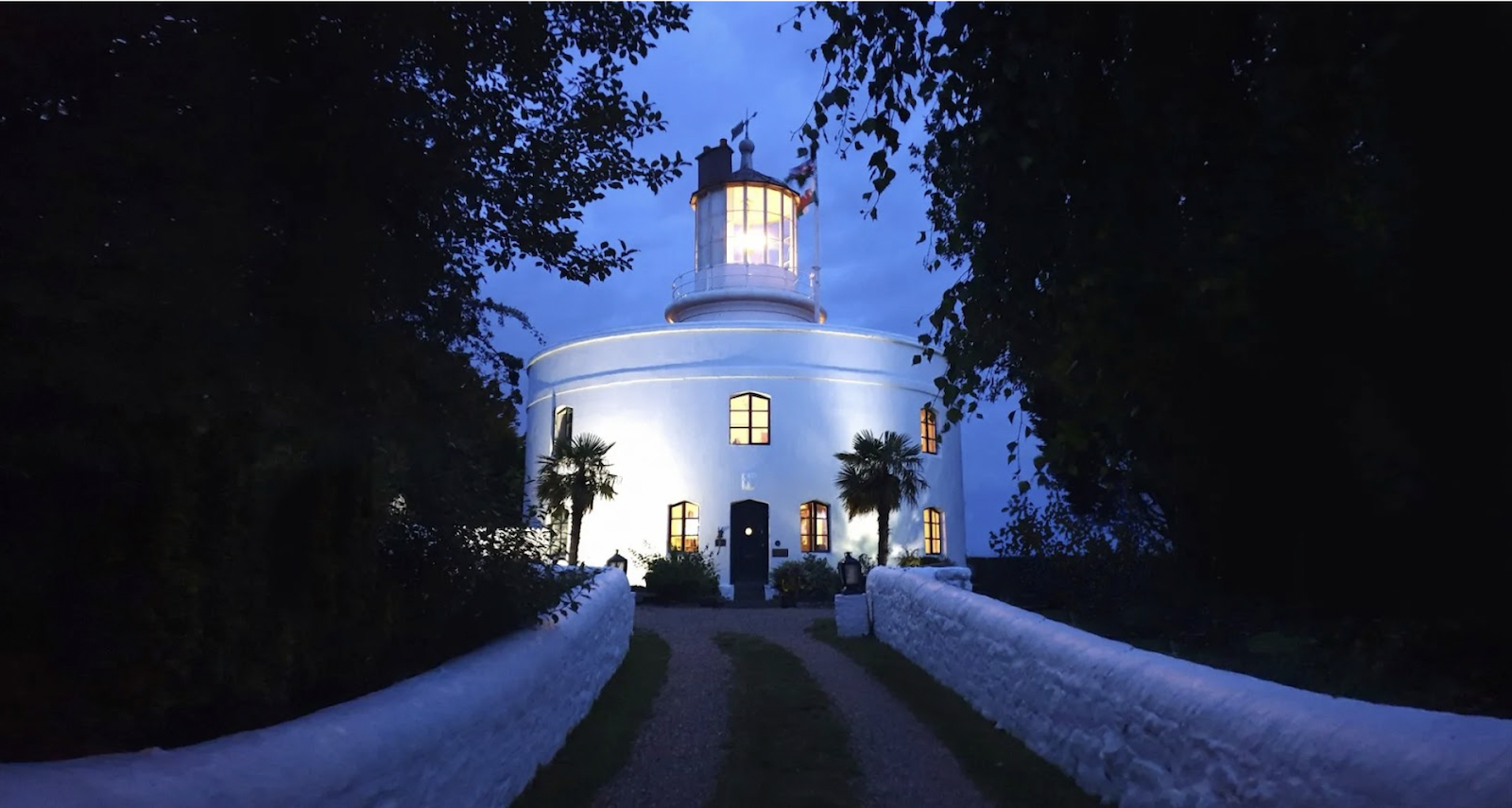The West Usk lighthouse stands majestically on the Severn Estuary in Wales the same way it has since 1821, leading ships safely into the Newport Docks for more than a century. It served seafarers well and even saw enemy action in WWI, but after it was decommissioned 1922, the lighthouse fell into disrepair and sat neglected for decades.
Today, the West Usk lighthouse is an elegant wedding venue and Airbnb rental because its current owners shifted the direction of their lives in a commitment to restoring and repurposing this important piece of history.
“I am where I am meant to be,” said Frank Sheahan who, along with his wife Danielle, left their London lifestyle for this quiet seaside existence more than 30 years ago to own, restore and maintain the West Usk lighthouse.
Lighthouses have been the staple for maritime safety, guiding vessels in and out of harbors around the world for centuries, but with the advancement of GPS and marine navigation technology, their original purpose is obsolete. Once they are decommissioned, lighthouses are threatened by the need for constant upkeep and by eroding coastlines.
As preservationists and passionate hobbyists continue to step up to protect these lighthouses, many of them are now finding new life and purpose.
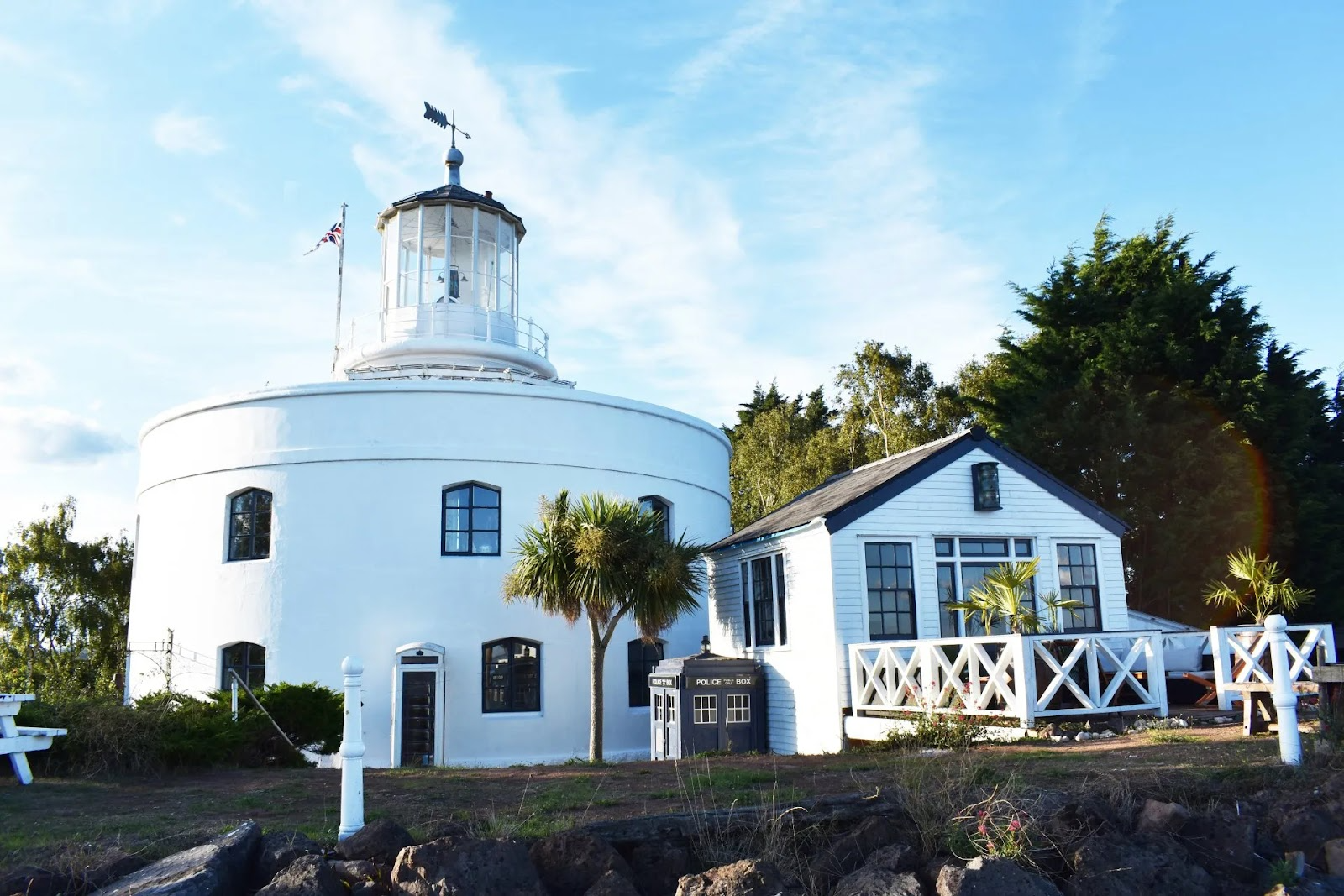
West Usk Lighthouse restored as a wedding venue and lodging. Photo by West Usk Lighthouse
We own a lighthouse, now what?
Few private lighthouse owners ever set out to own one, and their stories are vast in how they ended up with these iconic symbols of strength and security. Private owners take on immense responsibility to protect these structures from the vulnerability they face if left in disrepair.
The life that Frank and Danielle Sheahan now live on the grounds of the West Usk lighthouse is a stark contrast to the busy professional London lifestyle they once had in the 1980s.
“We were going through life on automatic pilot,” said Sheahan.
Frank worked in the music industry and Danielle was a lecturer in economics and business. Though the couple began looking for a house together, a lighthouse was never on the radar until something serendipitous happened one night while winding down from their busy day.
“Danielle was looking through a magazine called Exchange Mart where you buy and sell items, and spotted tiny print saying a lighthouse was for sale in south Wales, and a phone number.”
With almost as much curiosity as actual interest, the couple visited the lighthouse.
“We were shocked when we saw it,” said Sheahan. “It was a derelict building, but water and electricity were here.”
What struck the couple during their visit were unique features like the round structure that was once used for living accommodations instead of the square dwellings that are typical of many lighthouses. They were also drawn to a stunning stone staircase that had just enough of its original elegance to catch their attention. Then, they noticed that the lighthouse was missing its most recognizable feature, the Fresnel lens. The lantern room had also been dismantled.
The Sheahan’s continued examining the lighthouses’ rotting windows and peeling paint as they envisioned its former life when it was noted for being the first dramatic creation by architect James Walker 1821. It held prominence on this coastline for nearly 100 years as the guiding light for shipping vessels and now sat in the shadow of its former existence.
Although all its previous majesty was rusted over, rotted, or missing, the lighthouse still had a quiet charm that connected with the couple – perhaps the same ‘something’ that connects the many visitors and wedding couples that go to the lighthouse today.
“We went to the roof terraced area, and it was so quiet that we could hear cows munching grass in the fields. That was a big deal coming from London,” said Sheahan.
After their day out, the Sheahan’s returned to their urban day jobs defined by traffic, public transportation, and corporate pressures, but something about that lighthouse kept pulling at them both.
“The word potential kept coming into my head,” said Sheahan. “I said to Danielle, maybe we could think again and that’s when she said, ‘yes let’s buy it.’”
That was in 1987. After two long years spending their weekends executing renovations to make the lighthouse habitable, the Sheahan’s moved in, got married and raised a family. They are proud to repurpose and revive this stunning piece of maritime history and be the caretakers who promise continued renovations to keep it alive for others to enjoy for another century.
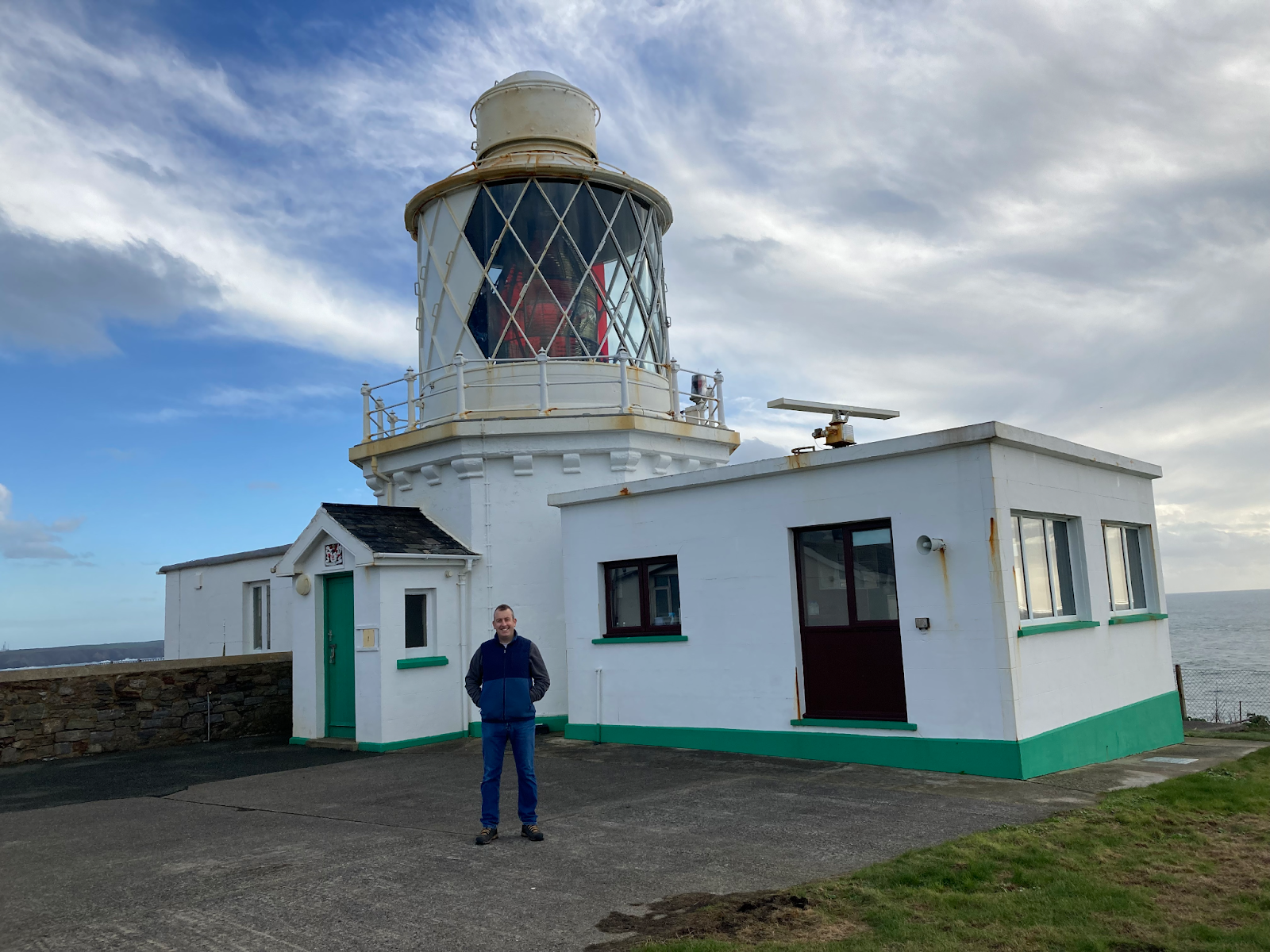
Ian Hogarth of the Association of Lighthouse Keepers in front of a lighthouse in the UK. Photo by Ian Hogarth
Mission to leave the lights on
Lighthouses have long been revered as physical and metaphorical symbols of hope – finding light in the dark. They are the literal and symbolic beacons of security making them important for the seafarers who used them for centuries to find safety in the harbor, and for the casual bystanders who also find peace in their presence.
Along the coastlines of the UK nearly 300 lighthouses are still operational.
The Trinity House, the General Lighthouse Authority for England, Wales, Gibraltar, and the Channel Islands, currently operates 66 lighthouses. In Scotland and the Isle of Man another 208 lighthouses and 174 buoys are operational and managed by the Northern Lighthouse Board that has overseen lighthouses, buoys, and beacons since 1786.
While many lighthouses are still in use in some capacity, slowly, they are decommissioned and transferred to private owners when they no longer have purpose.
“We assess the ongoing requirement for each of our aids to navigation on a regular five-year basis,” said Peter Douglas, navigation manager for the Northern Lighthouse Board. “Many lighthouses were built to give coastal shipping a number of lights from which to calculate their position, and we no longer accept this as a useful requirement for a lighthouse. But we have retained most lights on the basis that they mark a particular hazard, mark a harbor entrance, or mark a significant navigational turning point. Each case is very different.”
The Association of Lighthouse Keepers in the UK estimates that lighthouses are decommissioned at the rate of approximately one per decade and recognizes that preserving them is important to the history that they represent.
“Lighthouses represent stability and continuity in a constantly changing world,” said Ian Hogarth of the UK’s Association of Lighthouse Keepers. “They are an amazing combination of incredible design and engineering, craftsmanship and beauty. Generations seek to preserve lighthouses as a testament to their history, purpose and those that built and manned them.”
Lighthouses in the United States have been decommissioned at a much faster rate. In 2000, the United States enacted the National Historic Lighthouse Preservation Act enabling the U.S. General Services Administration, the U.S. Coast Guard, and the Department of Interior’s National Park Service to work together to transfer decommissioned federally owned lighthouses to new owners.
To date, more than 151 lighthouses in the United States have been sold or transferred out of federal ownership. Eighty-one lighthouses were transferred at no cost to eligible entities like nonprofits or qualifying preservation groups with the additional 70 sold at auction to the public, generating sales of approximately $10 million. Currently, there are four U.S. lighthouses up for sale through public auction.
“Lighthouses are an invaluable part of America’s maritime heritage. These unique structures are a symbol of the strength and longevity of our country’s trading practices and communal spirit,” said John Kelly of the U.S. General Services Administration's office of real property disposition. “Lighthouses through their amazing histories have always been constantly updated, and by keeping them relevant they have a secure future.”
No matter which coastline you visit, repurposed lighthouses are thriving by finding new life as private homes, castles, churches, Bed & Breakfasts, wildlife refuges, galleries, mausoleums, and other creative uses like theTrinity Buoy Wharf in central London that is now a thriving arts venue on the River Thames.
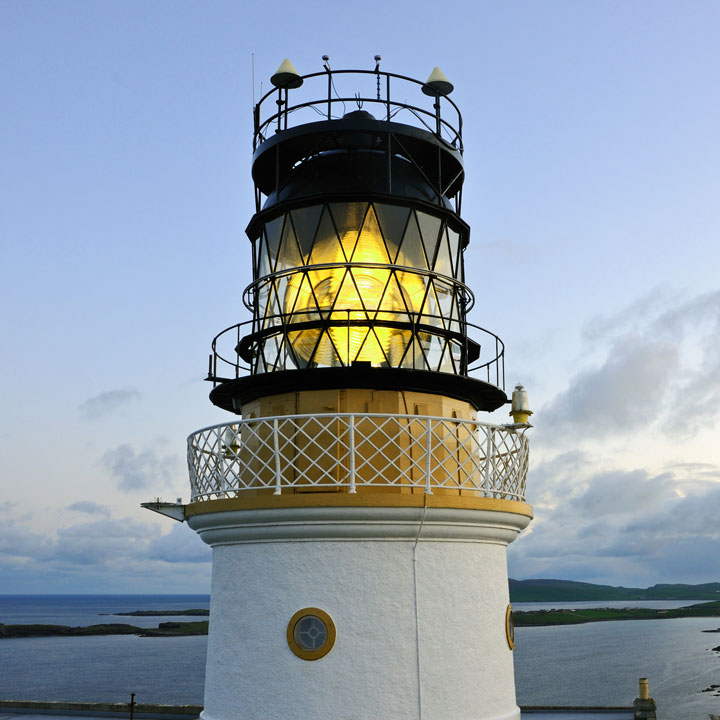
The Sumburgh Head Lighthouse in Scotland operates as a Nature Reserve. Photo by Northern Lighthouse Board
What goes into saving a lighthouse?
While the idea of owning and repurposing a lighthouse sounds romantic, the reality is more arduous. The Sheahan’s were able to track down some of the original 1821 James Walker drawings and specifications for the West Usk lighthouse and use that as a starting point to restore it to the original design as much as possible.
“The biggest physical work to the lighthouse was to reestablish the lantern,” said Sheahan. “The Fresnel lens was removed so when we decided to reinstate the lamp room, we looked for it and discovered the lens had been recycled in the Bahamas.”
They eventually recovered the Fresnel lens in 1997 and reinstated the lantern to its original state at the cost of £48,000 (more than $61,000). Restoring a lighthouse is just the beginning — next there’s the upkeep. New owners must not only step up with passion but also have deep pockets.
“Lighthouses by their very nature are often located in inhospitable environments and need constant maintenance to ensure they remain in good condition,” said Hogarth. “It can be a challenging commitment to convert a lighthouse to living accommodations. Installing modern day services such as electricity and water add complexity and cost, and because of the marine environment dampness can be a constant issue.”
Fortunately for the Sheahan’s, Frank is a DIY fanatic so that comes in handy for doing much of the electricity, carpentry and painting himself. Lighthouses are designed to be structurally sound, so the ongoing maintenance is mostly cosmetic.
“I have to paint the outside every 3 years,” said Sheahan. “The windows are restored to the original design, and they are wood, so I have three or four to replace this year.”
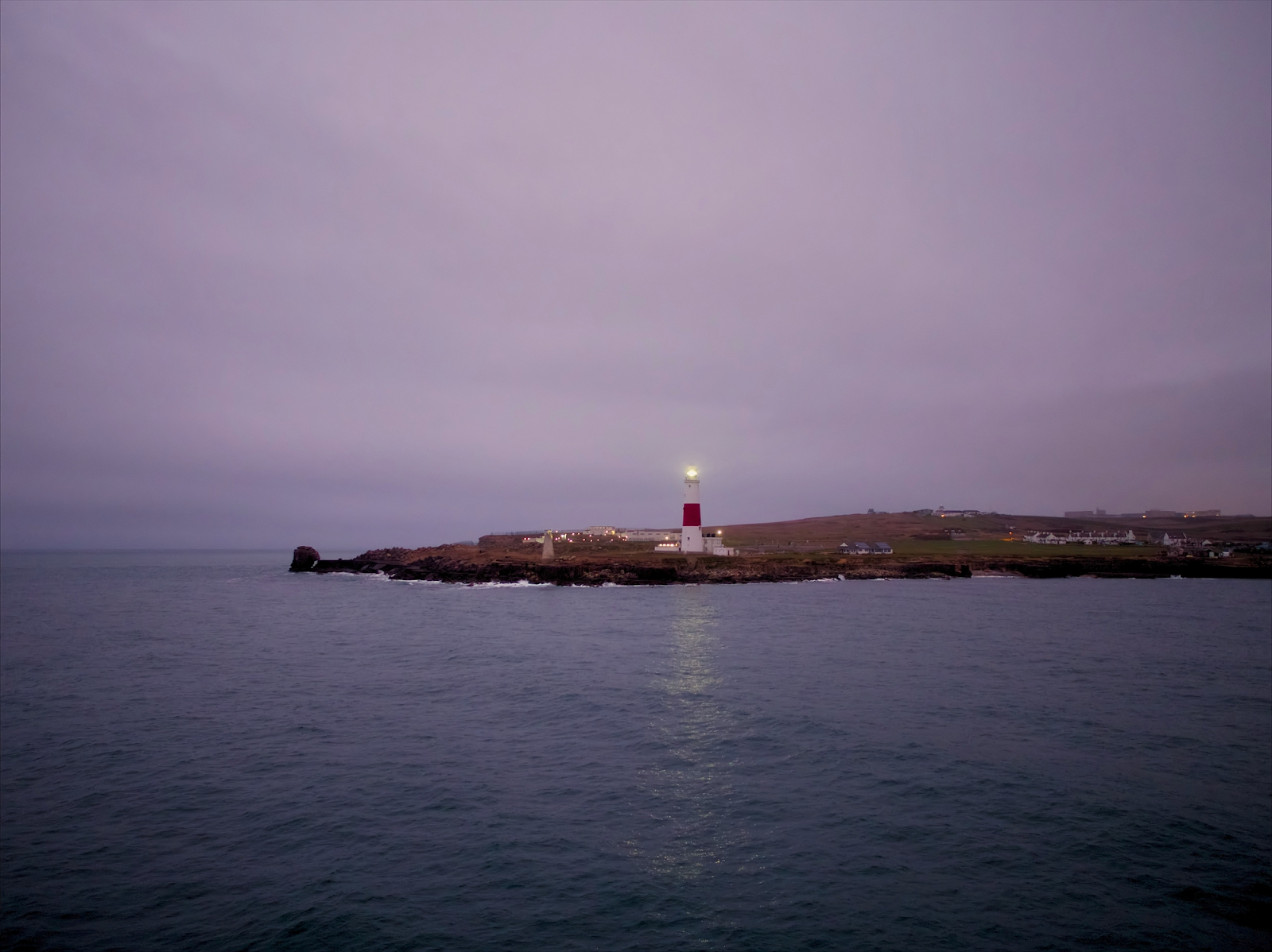
Portland Bill Lighthouse in south England. Photo by Trinity House
While upkeep is an owner’s responsibility, in some cases, as in the United States, there is assistance to help get these lighthouses into the right hands at the right price from the onset to ease the financial burden. The General Services Administration helps provide opportunities for public and nonprofit groups to acquire lighthouse properties at no cost through a merit-based application.
“As soon as they [lighthouses] aren’t relevant and become simple museum pieces then they become endangered, as they’re so complex and costly to maintain if not in use,” said Kelly. “As the number of available lighthouses increased, there was growing recognition that public and nonprofit entities alone could not acquire, restore, and maintain all these historic properties and private resources would be needed.”
Potential private owners in the U.S. can buy lighthouses through auction. These processes are in place to lessen the burden on the owners who will already have a lot of upkeep to maintain them.
Lighthouse keepers also rely on each other for resources through groups like the Association of Lighthouse Keepers in the UK whose mission it is to keep lighthouse heritage alive in part, by connecting more than 800 members of lighthouse keepers and enthusiasts.
“We promote lighthouses, organize trips to remote and normally inaccessible lighthouses, organize online events and promote public interest in lighthouses,” said Hogarth.
Despite the wave of passionate lighthouse enthusiasts and agencies ready to help preserve them, not all lighthouses can be saved. Though it’s rare, a few abandoned lighthouses exist in the UK and remain only as historic monuments as they are unfit for development.
Knowing this potential fate of decommissioned lighthouses is the motivation behind efforts to save, preserve, and repurpose the ones that are left.
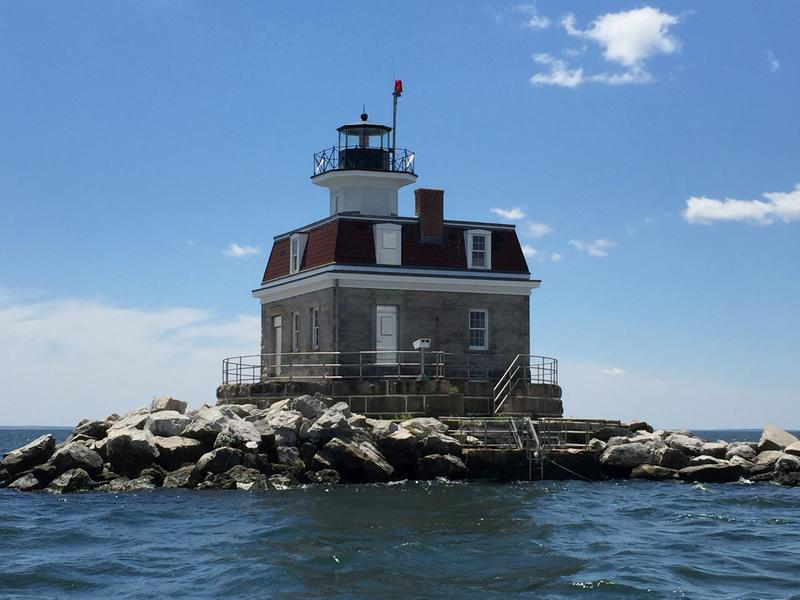
Penfield Lighthouse in Connecticut currently for sale by auction. Photo by General Services Administration
In the market for a lighthouse?
There’s a few steps involved to owning a lighthouse and every country has different processes and protocols.
In the U.S., decommissioned lighthouses are first offered to public entities and nonprofits at no cost. If there’s no qualified takers, they become available for sale by public auction.
The four most recent lighthouses to go onto the market in the United States include: the Cleveland Harbor West Pierhead Light in Ohio that is only accessible by boat; the Keweenaw Waterway Lower Entrance Light in Michigan that is on the National Register of Historic Places; Penfield Reef Lighthouse in Connecticut, a 51-foot-tall octagon-shaped structure listed on the National Register of Historic Places and the Stratford Shoal Lighthouse with three-story living quarters located in Connecticut, also listed on the National Register of Historic Places.
“After years of unfailing and faithful service as beacons to seafarers and traders, the National Historic Lighthouse Preservation Act Program takes pride in its work with states, local communities, and the public to convey these historic properties to new stewards that will continue preserving their memories and historic significance,” said Kelly.
Potential buyers are advised to personally inspect lighthouses to determine the level of restoration needed. While the financial and preservation responsibility is a deterrent for many passionate potential owners, Sheahan recommends throwing another factor into the equation – the consideration of how else owning a lighthouse could change their lives.
“If you buy a lighthouse, the peacefulness and quietness allow you to understand yourself. There’s so much noise in your life and if you have time to contemplate, you can find yourself. That happens here. You’re so close to nature,” said Sheahan.
As owners who have been through the process, the Sheahan’s reflect on the notion that the impact of lighthouse preservation goes both ways by giving the new owners a new purpose too.
